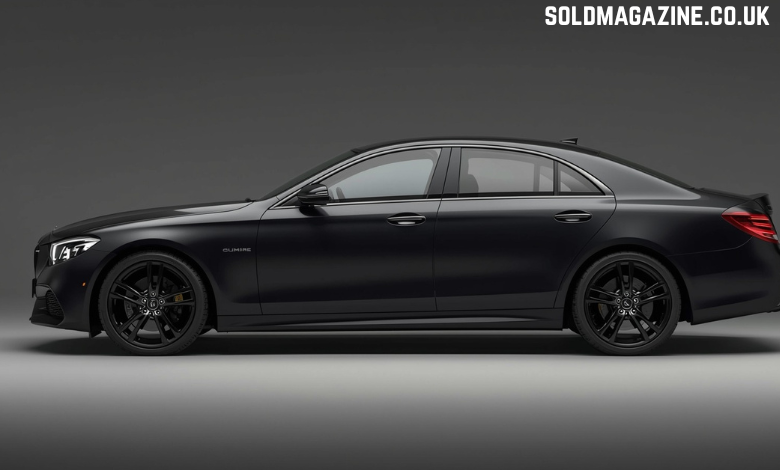Choosing a PCO hire plan is a major decision for private hire drivers. The right plan offers the protection you need and helps keep more of what you earn. On the other hand, a wrong plan can stretch your budget and drain your earnings.
There are many factors to consider when choosing a PCO car hire plan, but many new drivers don’t know it. As a result, they end up making the wrong choice and face significant financial losses.
If you are also a new PCO driver and want to hire a private hire vehicle, this article covers the important information you need. Read it thoroughly to know how to choose a hire plan that fits your needs.
Understand Your Ambition and Budget
First, know your finances. Calculate how much you can afford to pay per week, and review your expenses with all your vehicle’s running costs. For instance, fuel is a significant expense for PCO drivers. If you plan to drive an EV, remember charging costs. These numbers will help you understand your financial situation better.
Next, set a clear weekly income target. If your target is to earn £1,200 per week, then your hire costs should be 25% to 30% of this. This range leaves room for other expenses and also protects your profit margin. Do not let rental costs dominate your income. Always factor in your personal living expenses as well. Your business must support your life.
Compare Different Types of PCO Hire Plans
PCO hire plans have three main types.
Short-term hire provides flexibility, with contracts running from four weeks to three months. This suits new drivers testing the industry and also helps you adapt to the seasonal fluctuations in demand. However, this flexibility comes at a cost, as weekly rates can be 10-20% higher.
Long-term hire guarantees better value. These contracts typically last six months to a year, but the weekly cost is lower. This stability benefits full-time drivers who want access to premium vehicles. These cars qualify for higher-paying categories like Uber Exec. However, you are locked into a long-term agreement.
Rent-to-buy schemes combine rental with ownership. You pay a slightly higher weekly rate that leads you towards car ownership. This path appeals to drivers wanting to build a future asset.
Check What’s Included in the Hire Package
Always prioritise all-inclusive plans because they bundle many costs into one payment.
For instance, private hire insurance is the most critical part of a hire package. Confirm the policy in your plan covers you fully for hire work. Partial cover can lead to complications later.
Maintenance is another key area. The best plans cover routine servicing and also include replacement of worn items. For instance, brake pads and tyres wear out quickly in city driving. Your plan should include their replacement.
Look for breakdown cover with a fast response time. Every hour off the road is lost income for PCO drivers. Breakdown cover helps fix roadside problems quickly or offers a replacement vehicle to keep you earning.
Consider Vehicle Type and Efficiency
Your vehicle choice affects your daily costs. You can choose between petrol, hybrid, and electric vehicles.
Hybrid vehicles offer excellent fuel efficiency in city traffic. Their regenerative braking systems charge the car without needing an external power source. Their weekly hire costs are also moderate.
Electric vehicles help you avoid daily ULEZ (£12.50/day) and Congestion Charge (£15/day). This helps you save significant money over time. They also offer the lowest per-mile energy cost because electricity is much cheaper than petrol. However, EVs can take several hours to charge. You must plan their charging sessions because charging them can take several hours on a standard charger.
Petrol vehicles may have lower weekly rentals, but their running costs are higher. Their fuel consumption is high during long driving hours, and you must also pay the daily Congestion Charge in Central London. Petrol cars that don’t meet Euro-4 emission standards must pay the daily ULEZ charge as well. This makes them less economical for full-time drivers.
Final Tips to Stay Within Budget
Adopt smart habits to avoid stretching your budget. The easiest and most effective option is to avoid spending more than you need on features you will never use. Generally, a standard hybrid will give you the best value for money, so avoid hiring a luxury car if your budget doesn’t allow it.
Track your weekly income and expenses. It will be useful to have a spreadsheet or an app that helps you see what you are earning and spending. This way, not only will you see your true profits, but it will also allow you to manage unwanted expenses.
Review your hire plan regularly because your needs may change over time. While we do not recommend reviewing it every week, it would be wise to review it every six months or once a year.
Make sure to have an emergency fund in your budget. We suggest savings of at least two weeks’ worth of your weekly hire fee. Having this “cushion” protects you in the slow periods.
Conclusion
The right PCO hire plan balances your costs with earning potential. There is no single best plan for everyone. The right choice depends on your driving goals and budget. Do not chase the cheapest weekly rate alone. Consider the total value because a slightly more expensive plan may save you money long-term.
If you want car ownership, then rent to buy cars are the best option.
Take your time before deciding. Read the contracts, ask questions, and choose a plan that helps you build a profitable career.




